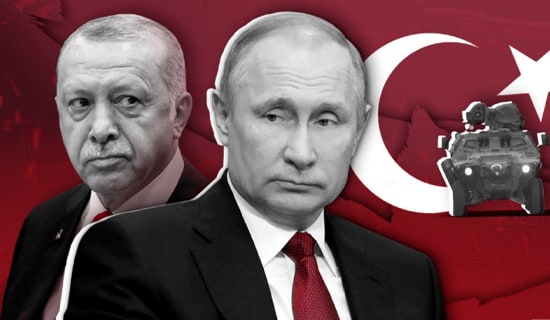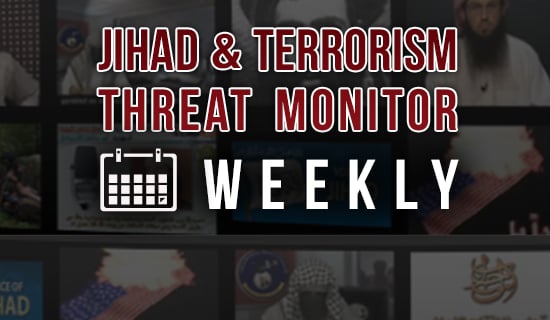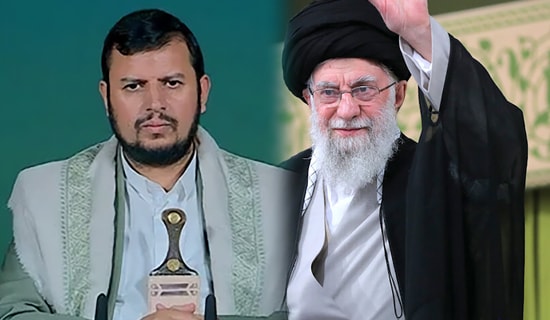The following is an analysis of the events in Iran following the June 12, 2009 presidential election:
Up to now, the current mass protests in Iran have had three prominent characteristics:
They were not directed by the leaders whom the demonstrators support;
- They were not backed by any senior religious figure; [1]
- They focused on the issue of election fraud, and did not present any positive ideological agenda challenging that of the regime.
- Now, however, several changes are taking place: [2]
1. Iranian civil society - primarily youth, students and women - does not seem to be capitulating, but is forcing the weak leaders (Mir Hossein Mousavi and Mehdi Karroubi, along with Khatami and Rafsanjani, who support them) to take the helm and lead the public protests. Mousavi and Karroubi (with Khatami's backing) are indeed starting to take charge, calling on the protesters to stage peaceful demonstrations dressed in mourning, to signify their solidarity with the protesters who were killed. (Such protests are part of the collective Iranian memory and have powerful connotations for the Iranians). [3]
2. For the first time, Mousavi is receiving some support from religious authorities. Iran's most senior cleric, Grand AyatollahAli Hossein Montazeri, who is known for his criticism of the regime, has rejected the election results and declared the current government illegitimate. He expressed concern that the injustice perpetrated by the regime, which is ruled by clerics, may weaken the public's religious faith and thus harm Islam. He urged the government to respond to the public's demands in a reasonable manner, while calling on the young people to keep presenting their demands patiently and without violence. He also demanded to conduct a legal procedure in order to restore the candidates' rights that have been harmed. [4]
Ayatollah Asadollah Bayat Zanjani also supported Mousavi. He wrote on his website, "Now is the time to stand firm against those who oppose the law and who, out of selfishness, disrespect the law and the will of the majority of the people." He added that he had been warning for years about the course of the regime, which is drawing farther and farther away from Khomeini's way and philosophy, thereby turning the Islamic Republic into an Islamic regime (i.e. divesting it of its republican features). [5] Ayatollah Yousef Sanei, known as a critic of the regime, has likewise expressed his support for Mousavi - though he has offered only to pray for him, explaining that he (Sanei) is isolated and that nobody listens to him. [6]
3. The protests have taken on a positive ideological message. According to reports, in the past few days the protestors have been distributing a seven-article manifesto; so far it is not known who published it. This document calls, inter alia, for impeaching Khamenei and Ahmadinejad; for appointing Ayatollah Ali Hossein Montazeri as temporary leader until a committee is established to reassess the constitution; for recognizing Mousavi as the legal president of Iran; for forming a new government; for immediately freeing all political prisoners; and for dissolving all oppressive regime institutions, both known and secret. [7]
It should be noted that although the protestors (especially the youth, women, and students) want to see a change in the regime, the leaders of the protest movement - Mousavi, Karroubi, Rafsanjani and Khatami - wish to preserve the existing regime frameworks, for they are part of the Islamic Revolution and were among its founders. None of them has so far come out against Iranian Supreme Leader Ali Khamenei, and their main demand is to hold new elections, stop the regime's oppressive measures against the public, and free the detainees of the last few days. [8]
It should also be noted that there are several different groups among the protesters, and that some of these want to preserve the Islamic Republic regime in its present form. Therefore, it is hard to predict where the protests will lead.
If in the past the Iranian regime managed to suppress sectorial protests (by students, intellectuals, workers, and women), the present protests erupted because a national common denominator emerged - namely rage over the election fraud - which spans all sectors of Iranian civil society.
* A. Savyon is Director of the Iranian Media Project.
Endnotes:
[1] On June 13, 2009, Mousavi called on the clerics of Qom to denounce the injustice that had been perpetrated in the election, saying that silence on their part would be more harmful than the election fraud itself. But his call met with no response (Aftab, Iran, June 13, 2009). The clerics of the prominent religious organization Jame-ye Rohaniyat-e Mobarez (Combatant Clergy Association), who support Mousavi, likewise urged his supporters to refrain from taking to the streets and to maintain the public order, in accordance with the Islamic principle that "tyranny is better than anarchy." They stated that the harsh disputes of the election were part of the election campaign and must not be carried further, because any sort of riots and disorder only benefited Iran's enemies. The organization called to maintain the unity of the nation and to obey the Supreme Leader. (ILNA, Iran, June 14, 2009).
Finally, the daily Jomhouri-ye Eslami, which is associated with the religious seminaries in Qom, likewise refrained from fully backing the protests, though it officially supports Rafsanjani. On June 16, it stated that the riots of the last few days in Tehran ran counter to the interests of the state and the regime, and were unacceptable. It explained that the reservations about the election results must not lead to clashes and riots. While calling on the regime to look into the three candidates' complaints, the paper stressed that they and their followers must keep their actions within the confines of the law. It added that the protests were presented in the foreign media as heralding the end of the regime, and warned against assisting this foreign propaganda. Jomhouri-ye Eslami (Iran), June 15, 2009.
[2] An examination of the Iranian protest movements in the last 100 years - such as the Tobacco Protest of 1891-2, the Constitutional Revolution of 1905-6, and the 1979 Islamic Revolution itself - reveals that their political success depended on several key factors. One such factor is the presence of a senior religious leadership that directed the movement or at least supported it. Another is the existence of a compelling ideological agenda, presented as a challenge and alternative to the existing oppressive order. In the recent Iranian elections, it was Ahmadinejad - rather than his rivals - who presented the public with a clear ideological, political, economic and cultural agenda under the slogan of "Second Islamic Revolution."
[3] Peaceful anti-regime protests by demonstrators dressed in shrouds took place during the 1891-2 Tobacco Protest and during the Islamic Revolution.
[4] Website of Montazeri's office (Iran), June 16, 2009.
[5] Website of Ayatollah Asadollah Bayat Zanjani (Iran), June 15, 2009.
[6] Website of Ayatollah Yousef Sanei (Iran), June 15 2009.
[7] http://peiknet.net/09-juni/news.asp?id=38278&sort=Iran
[8] Ghalamnews (Iran), June 17, 2009.





